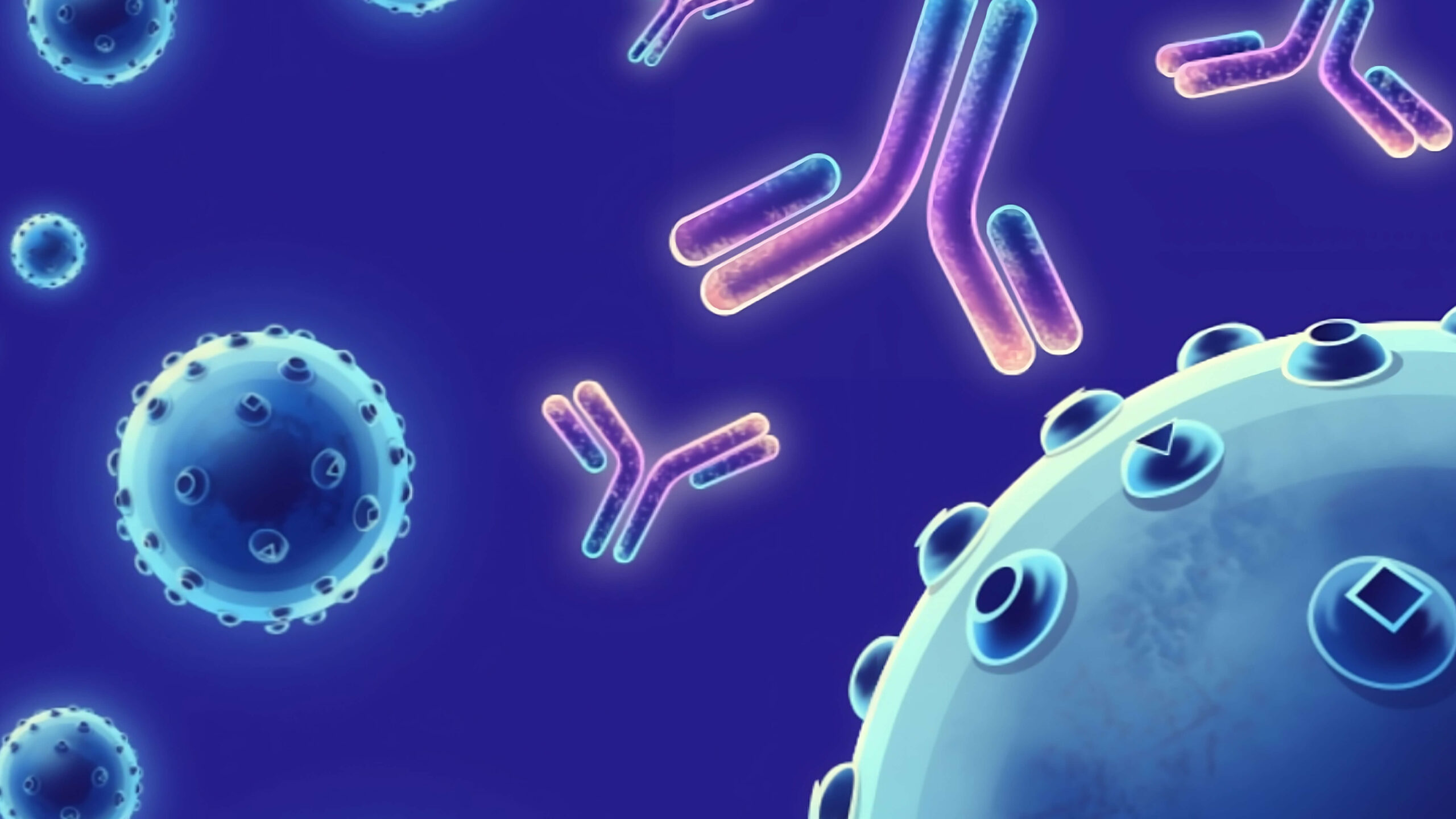Description
E. Coli STX2B is a subunit of Stx2. Stx2, together with Stx1, formed a family of related toxins which are known as shiga toxins. Shiga toxins are mainly produced by the bacteria S. dysenteriae and the Shigatoxigenic group of Escherichia coli, which includes serotypes O157:H7, O104:H4, and other enterohemorrhagic E. coli (EHEC). A total of 3222 outbreak cases (including 39 deaths) have been reported in northern Germany in May through June 2011. The outbreak strain was typed as an enteroaggregative Shiga-toxin–producing E. coli O104:H4, producing extended-spectrum beta-lactamase. The toxin has two subunits—A and B. E. Coli STX2B is the B subunit. It is a pentamer that binds to specific glycolipids on the host cell, specifically globotriaosylceramide. Following this, the A subunit is internalised and cleaved into two parts. Stx2 has been found to be approximately 400 times more toxic (as quantified by LD50 in mice) than Stx-1. The Stx1 and Stx2 B subunits form a pentameric structure that binds to globotriaosylceramide receptors on eukaryotic cells and promotes endocytosis.
Target
stx2B
Target Alias Name
stx2B
Isotype/Mimetic
Rabbit IgG
Animal-Derived Biomaterials Used
No
Sequence Available
No
Original Discovery Method
Phage display technology
Antibody/Binder Origins
Animal-dependent discovery, post-2020, In vitro recombinant expression

